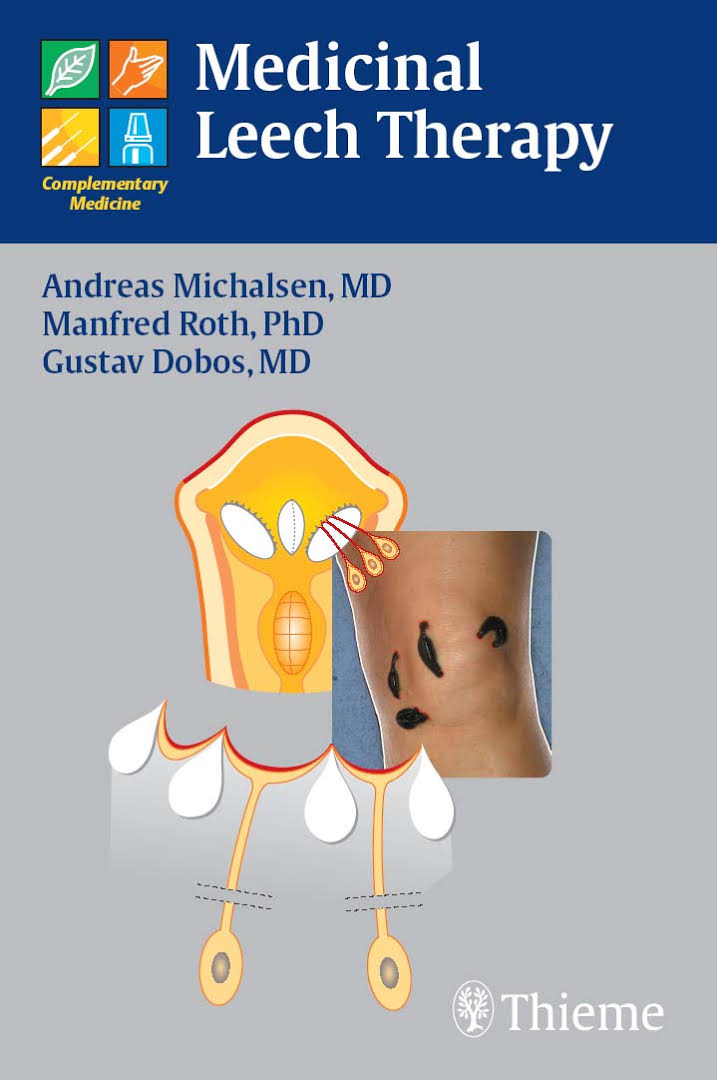

To keep the leech at the site and encourage feeding, you can place the leech inside a syringe casing, with the open end inverted onto the skin and held in place until attachment occurs. Generally, a leech's caudal end will attach nearby the head, creating a U shape.Grasp the leech with smooth or nontraumatic forceps and place it on the proposed attachment site. Leeches are most likely to feed at skin temperatures between 91.4 F and 104 F (33 C and 40 C), so the patient should be in a warm room and the affected area wrapped lightly in gauze or a blanket.įIgure 3. If there is any soap residue, the leeches will not feed. The head of the leech is the smaller end and usually attaches first.Before attaching the leeches, prepare the site properly by washing it with gentle soap-at our hospital, we use a chlorhexidine scrub-and rinsing it with saline solution. In human medicine, medicinal leech therapy is contraindicated in immunocompromised patients, patients with bleeding disorders and patients who refuse blood transfusions.įigure 2. Scarce dark blood will come from pricks to the tissue, and the capillary refill time will be brisk. The tissue will appear purple in color ( Figure 1) and will be engorged and warm. Venous congestion is the best indication for leech therapy. Edema or cellulitis is not an indication for leech therapy nor is arterial insufficiency, which is indicated by pale, turgid, cold tissue with a prolonged capillary refill time. Buote.An important aspect of medicinal leech therapy is correctly discerning which patients would benefit from veterinary medicinal leeching and which would not. Venous congestion is the best indication for medicinal leech therapy.


 0 kommentar(er)
0 kommentar(er)
